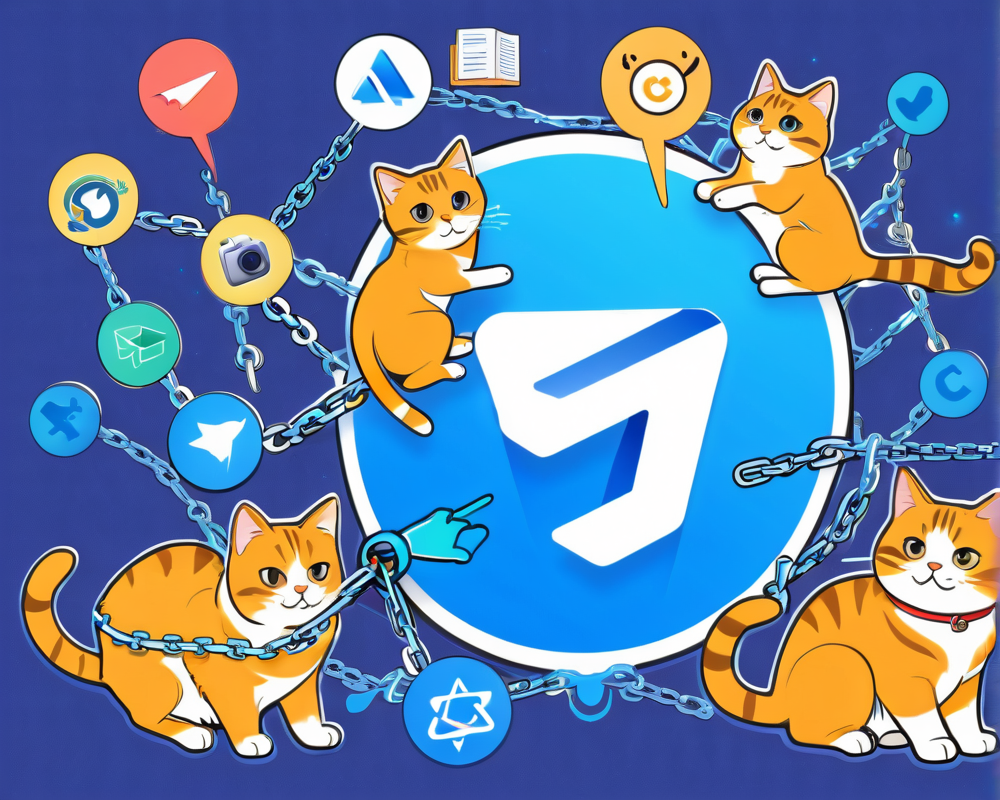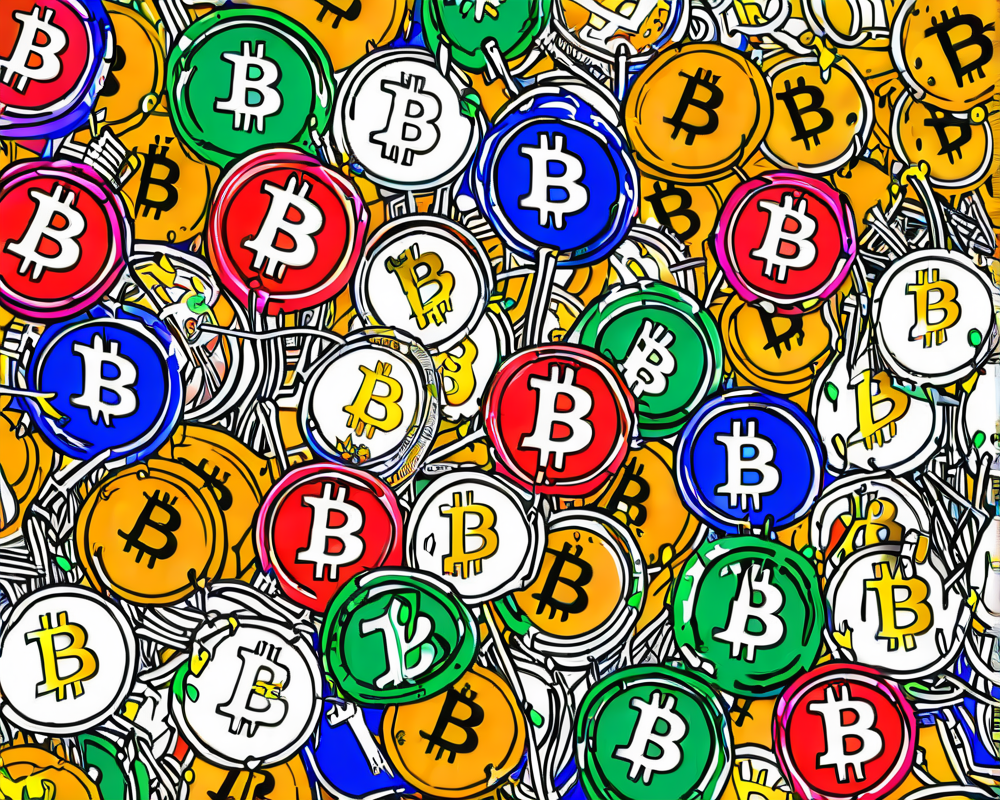Unpacking Telegram’s Catchain Consensus Mechanism
The revolutionary Telegram Open Network (TON) introduces a new consensus mechanism known as Catchain. Authored by Nikolai Durov, one of the co-founders of Telegram, the paper details a Byzantine Fault Tolerant (BFT) Proof of Stake (PoS) algorithm. This innovative system is positioned alongside existing solutions used by networks like NEO and Cosmos but boasts its own unique flavor.
Byzantine Fault Tolerance: A Quick Overview
At the heart of Catchain lies the Byzantine Generals problem, a classic issue in distributed computing where coordination among unreliable nodes becomes essential. To put it simply, BFT algorithms strive to ensure network stability even when certain nodes misbehave. In Catchain, the magic happens as long as a minimum of two-thirds of the nodes maintain their integrity, allowing the network to function smoothly.
How Does Catchain Operate?
Catchain’s operation mirrors other prominent models like Cosmos’ Tendermint but varies in execution. The system verifies each block as it is created, avoiding the temporal headaches associated with block production typical in systems such as Ethereum and Cardano.
- Block Generation Rounds: New blocks are formed during specific temporal intervals. Validators must reach agreement in a defined time frame, and any disagreement results in the next block being passed over.
- Role Distribution: Validators don’t just sit around; they have distinct roles. Some create blocks, others recommend blocks for approval, while the rest cast votes on those proposals. This rotation helps maintain fairness and accuracy across the board.
The Validator Landscape
Telegram’s blueprint reveals a strict validator structure—limited to 100 for the master chain and between 10 to 30 for shard chains. The impressive part? According to 2018 tests, blocks can pop into existence every five seconds, undergo full consensus, and keep the engine running smoothly. Talk about speed!
Challenges and Hurdles Ahead
Despite launching an exciting new technology, Telegram hasn’t had it easy. The SEC threw a wrench in the works, halting TON’s launch in late 2019 over alleged unauthorized securities sales. While Telegram maintains that the sale was targeted solely at accredited investors, the regulatory body remains unconvinced. As it stands, the network is only functioning on a testnet, with some tech enthusiasts even creating blockchain explorers, albeit with a sigh of frustration from regulatory oversight.
The Road Ahead for Telegram’s GRAM Tokens
As the SEC raises eyebrows regarding the functionality of GRAM tokens, the TON community is on its toes. With critics saying there’s a lack of use cases, the race is on to carve out relevant applications in this burgeoning ecosystem. Is Telegram destined to rewrite the crypto playbook? Only time will tell, but one thing’s for sure, Catchain is a step into the future of decentralized networks!




